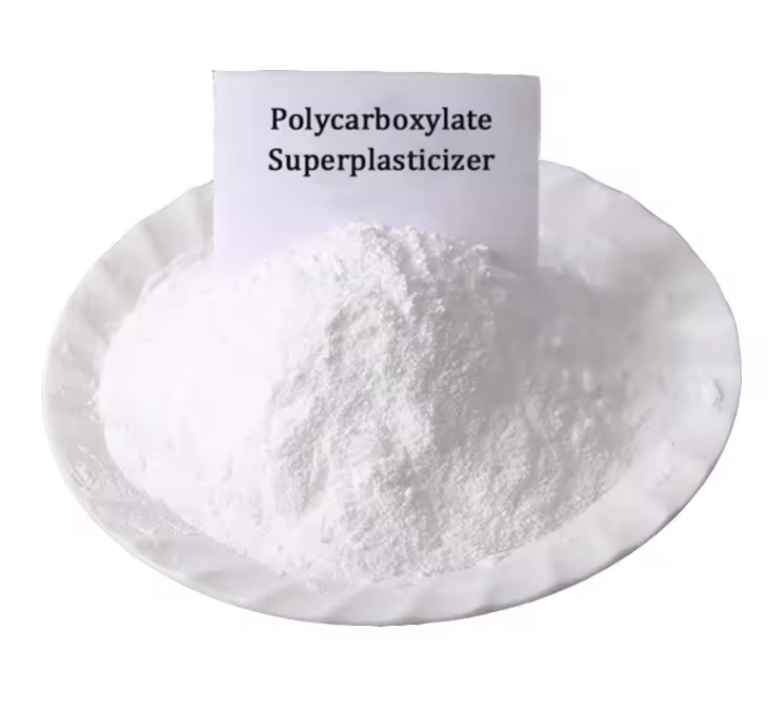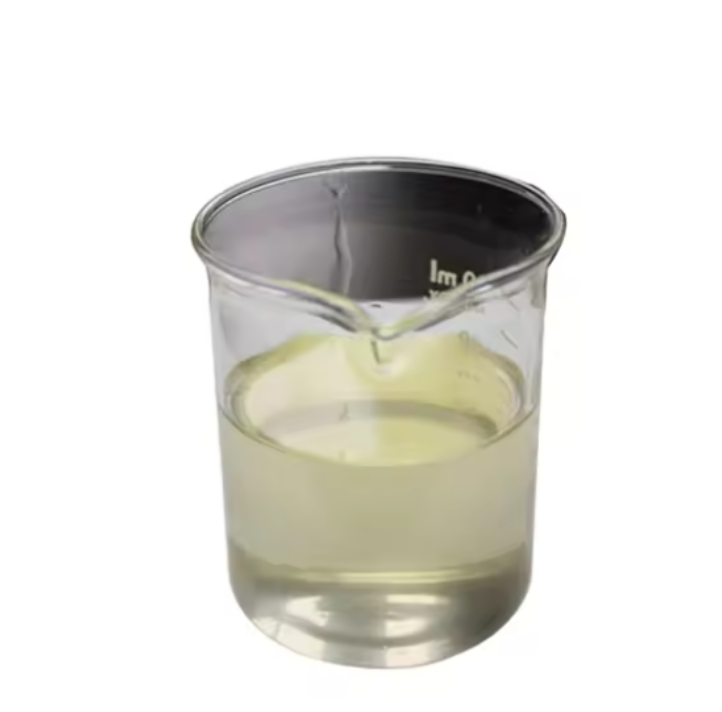Post Date:13,May,2024
As the temperature continues to rise, spring is coming, and what follows is the impact of changes in temperature difference on the slump of concrete. In this regard, we will make corresponding adjustments when using water reducing agents in order to The concrete reaches the desired condition.
1. Polycarboxylate water-reducing agents still have problems with their adaptability to cement. For individual cements, the water-reducing rate will be low and the slump loss will be large. Therefore, when the adaptability of the cement is not good, a trial mix and adjustment of the concrete should be carried out. dosage to achieve the best results.
In addition, the fineness and storage time of the cement will also affect the effectiveness of the polycarboxylate superplasticizer. The use of hot cement should be avoided in production. If hot cement is mixed with polycarboxylate water-reducing agent, the initial slump of the concrete will be easier to come out, but the slump-preserving effect of the admixture will be weakened, and the concrete may appear. Rapid loss of slump.
2. Polycarboxylate water-reducing agents are more sensitive to changes in raw materials. When the quality of raw materials such as sand and stone materials and admixtures such as fly ash and mineral powder changes significantly, the polycarboxylate water-reducing agents will be mixed with polycarboxylate water-reducing agents. The performance of the concrete will be affected to a certain extent, and the trial mix test should be carried out again with the changed raw materials to adjust the dosage to achieve the best effect.
3. The polycarboxylate water-reducing agent is particularly sensitive to the mud content of the aggregate. Excessive mud content will reduce the performance of the polycarboxylate water-reducing agent. Therefore, the quality of aggregates should be strictly controlled when using polycarboxylate superplasticizers. When the mud content of the aggregate increases, the dosage of polycarboxylate water-reducing agent should be increased.
4. Due to the high water-reducing rate of polycarboxylate water-reducing agent, the concrete slump is particularly sensitive to water consumption. Therefore, the water consumption of concrete must be strictly controlled during use. Once the amount is exceeded, concrete will appear segregation, bleeding, hardening and excessive air content and other adverse phenomena.
5. When using polycarboxylate water-reducing admixtures, it is advisable to appropriately increase the mixing time (generally twice as long as traditional admixtures) during the production process of concrete, so that the steric hindrance ability of the polycarboxylate water-reducing admixture can be more easily exerted, which is convenient for Control of concrete slump in production. If the mixing time is not enough, it is very likely that the slump of the concrete delivered to the construction site will be larger than the slump of the concrete controlled at the mixing station.
6. With the advent of spring, the temperature difference between day and night changes greatly. In production control, we should always pay attention to the changes in concrete slump and adjust the dosage of admixtures in a timely manner (achieve the principle of low mixing at low temperature and high mixing at high temperature).
Post time: May-13-2024








